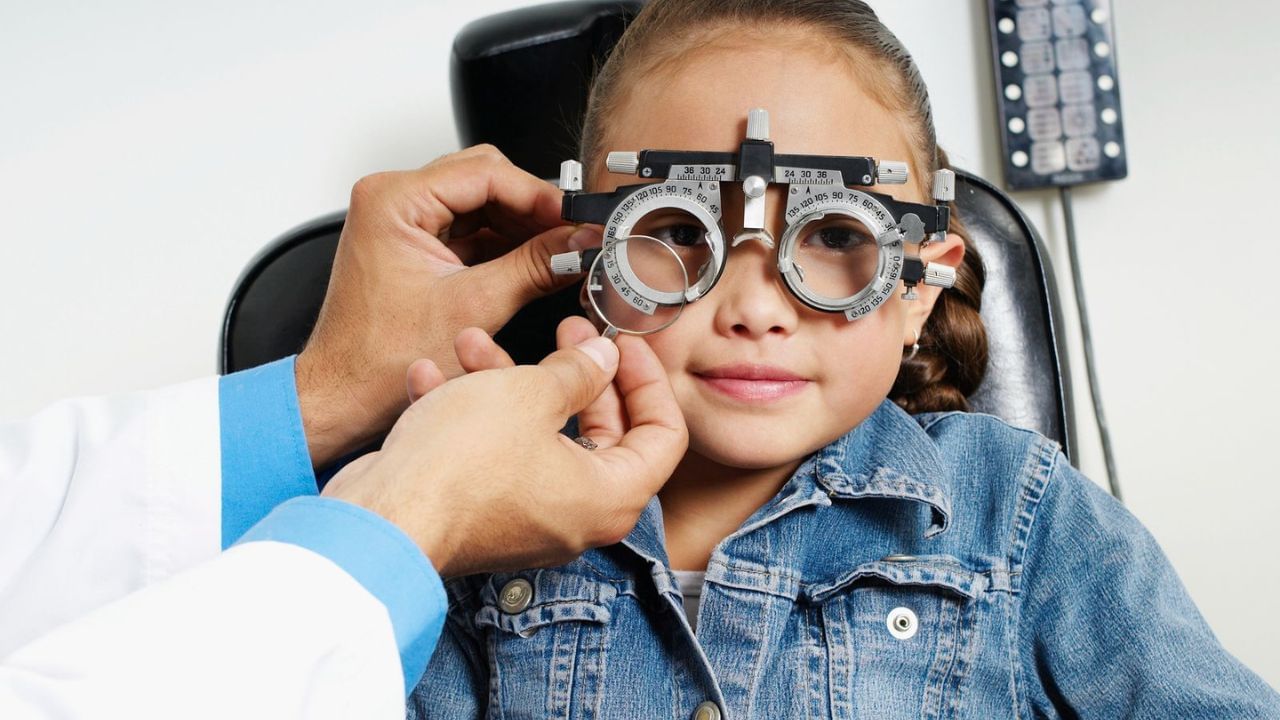myopia disease
Image Credit source: Getty Images
Myopia is a condition in which a person can see nearby objects clearly, but distant objects appear blurred. This problem occurs when the size of the eye increases or the cornea is excessively bent. In such a situation, light does not focus properly on the retina and distant objects appear blurry. Today, myopia is becoming very common around the world, especially among children and teenagers. In many countries, 4050% children are being affected by some level of myopia.
myopia There are mainly two types, simple myopia and high myopia. Normal myopia progresses slowly and can be easily controlled with the help of glasses, whereas in high myopia, the number increases rapidly and the risk of retinal problems is higher. Its symptoms include blurred vision of distant objects, eye strain, frequent blinking, headache and blinking while reading.
Is myopia a disease passed from one generation to another?
Myopia is a rapidly increasing problem in children today. It is important to understand that this is not just a genetic disease, but lifestyle is an equally big reason for it. Dr. Sapna Chanana (MBBS, MS) of Aviance Eye Care, Delhi, says that if one or both of the parents are myopic, then the risk of the child developing myopia increases significantly. But in today’s time, children’s exposure to screens for long periods of time, less outdoor time, reading in wrong positions and watching too closely increases this problem manifold.
Children’s eyes are in the developmental stage, so constant exposure to screens puts stress on the eye muscles and gradually distance vision begins to weaken. However, with good habits, the progression of myopia can be controlled to a great extent. Sending them outdoors for 12 hours a day, playing in natural light, following the 20-20-20 rule while studying and keeping books and screens at a distance of 30-40 cm are very beneficial for children’s eyes. If there is a history of myopia in the family, it is also necessary to get regular eye check-ups done.
keep these things in mind
Do outdoor activities for at least 12 hours every day.
Limit screen time and follow the 20-20-20 rule.
Maintain proper distance while studying or watching the screen.
Keep enough light in the room.
Avoid reading while sitting in the wrong position.
Get eye check-ups done at regular intervals.
Keep very young children away from mobile phones or tablets.
